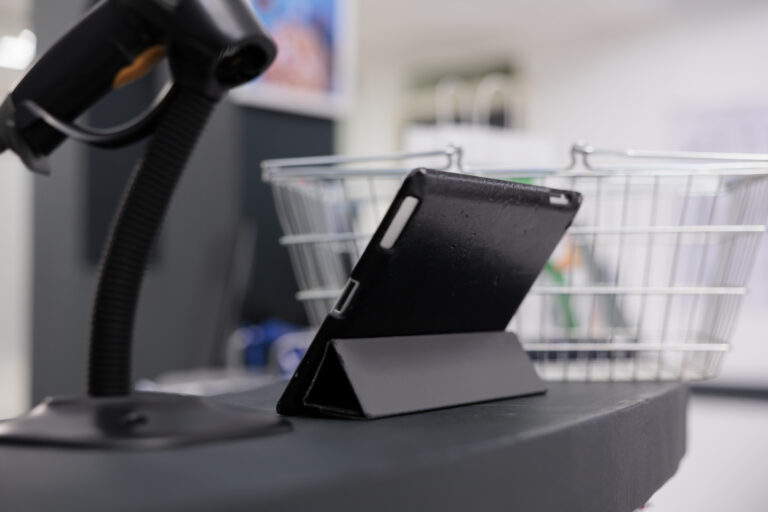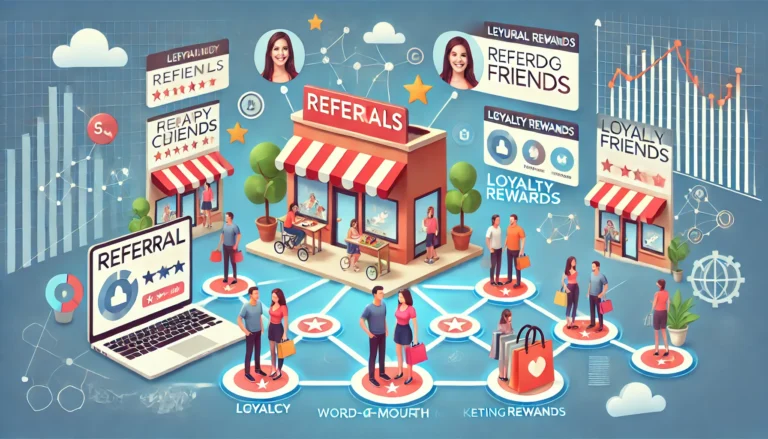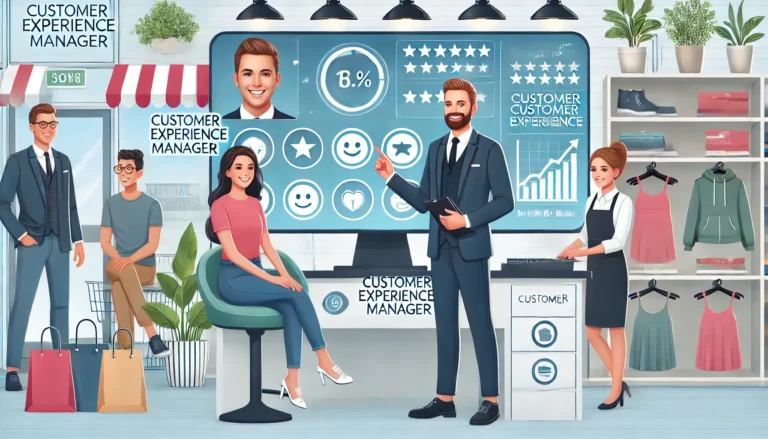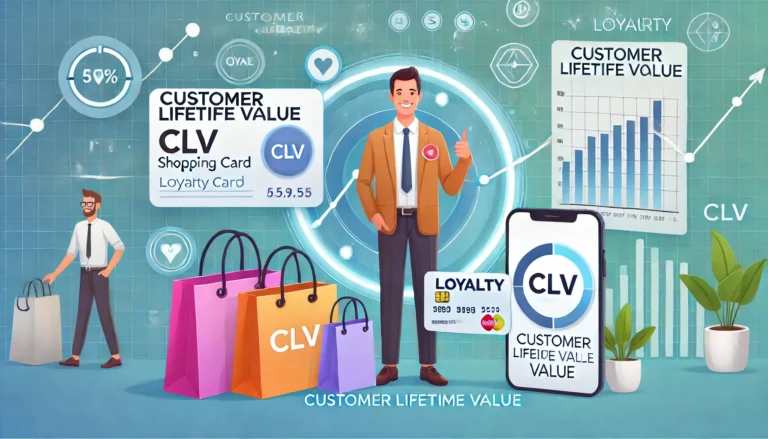Customers are the lifeblood of any retail business, and retailers should strive to understand retail customers. Customers can range from brand-new shoppers to lifelong advocates of your brand. Monitoring and categorising customers in different stages of their journey is a great way to monitor the overall health of your business and your marketing activities (both before and after purchase) and work out if, as a brand, you are doing enough to generate trust and loyalty.
It’s never been easy, and with so many online options today, it’s even more challenging. Customers have more choices than ever and are often convinced to try new brands. 71% of consumers switched to a different brand because things in their life changed. This figure highlights how fickle consumers can be and how important it is to keep close ties with your customers. On the other hand, it is vital for a business to succeed in retaining existing customers. This is not only because the costs of acquiring new customers have significantly increased in the past few years but also because existing customers are more likely to try new products and spend more than new customers.
There are three levels of how deeply customers connect with businesses. By getting these right, retailers can understand their customers and strengthen their relationship with them.
Level 1: Understanding Anonymous Customer Behaviour
Shopping anonymously is the earliest stage of customer interaction and where most consumers will remain.
Anonymous means that purchases are made without a clear identity attached. People often prefer anonymity, valuing their privacy and avoiding sharing personal details for reasons ranging from security concerns to time constraints.
Despite this anonymity, you can still gain insights from their behaviour and understand retail customers to a certain level. Every silent purchase offers data to the retailer – even if you are unsure who is behind it. Are they regular buyers of baby essentials? They could be new parents. Do they often buy gym leggings? Perhaps they enjoy running. These insights are invaluable; however, many businesses find collating this data challenging, particularly in brick-and-mortar stores.

To turn these anonymous shoppers into more engaged customer personas, try offering time-sensitive discounts or loyalty rewards prompting registration. Exclusive in-store events for members can also capture additional data. Building trust and showcasing the perks of sharing more about themselves can be very tempting, especially if a prize or reward is involved.
This approach is also a great way to capture data to build personalisation. If a customer leans towards sustainable goods, cater to that interest. One example of how anonymous users can still be targeted in a meaningful way was when Swedish outdoor brand Fjällräven used location-based data and weather reports to tailor homepage hero banners on their website. Tailoring their content to multiple weather patterns and seasonal trends resulted in a 79% uplift in clickthrough rates compared to a generic banner.
Level 2: Understanding Omnichannel Customer Behaviour
Once the customer has given you their name or contact details, you can start building a more detailed profile and, therefore, understand retail customers on a deeper level. You can begin to reconcile the shopper’s in-store and digital shopping behaviours. This is the chance to reveal even more insights and learn more about their preferences and habits. It is also a signal of their trust towards the business – a clear sign that they will repurchase and potentially recommend. According to statistics, 88% of customers will make three purchases from a retailer before they become brand loyal.

Shoppers today switch between online and brick-and-mortar stores. Having any level of data allows retailers to customise their offerings more effectively and anticipate the needs of their audience.
Informed by more detailed profiling, businesses can fine-tune their strategies and plan longer-term based on qualified, quantitative data. This could be something as simple as a customer always opting for organic products, suggesting that sustainability is very important to them. Alternatively, they only tend to shop during sale periods, for example.
Level 3: Strengthen Relationship Through Ongoing Engagement
When a customer opts in, it signals further trust and interest in your brand. The higher the percentage of customers who opt-in, the better your offering, customer service, and ethos are working.
It’s not the end of the story, however. Having opted-in does not guarantee that a customer will be loyal. In a world where new brands and offers are constantly pulling the attention of your customer base, it’s important to leverage this buy-in of trust carefully. This is where having more information and data about your customer, their purchases and preferences allows a higher refinement of personalisation.
This is when the focus shifts from acquiring data to strengthening relationships with customers and, therefore, better understanding retail customers. By opting in, the customer has opened up dialogue with you as a brand. You can then carefully send them helpful information and personalised recommendations based on past purchase history, browsing data, and location. Monthly newsletters can keep them updated but involve parameters to make them more suitable for segments of your opted-in audience.

You can also ask them for information. Sending out polls, using data from offers redeemed, and seeing how different marketing actions impact their behaviour can also help build a long-term plan. It’s this data that helps a product-centric retail become customer-centric. Your relationship with them will allow you to see when they have developed new interests, have a problem that may need solving, or are just browsing for fun. By continuously interacting, businesses serve current needs and anticipate future ones.
Cultivating Relationships
Whatever a customer’s level, the main goal is to craft and build on those relationships. Each level of customer insight presents an opportunity for retailers to display care and interest in the customer’s needs.
In the past, people built relationships with staff and the brand in physical stores. In an interconnected world, there are even more opportunities at the intersection of online and in-store experiences.
Retailers can build brand loyalty and appreciation by choosing the route of consistent interaction and genuine understanding, marketing to customers when it’s relevant and suitable rather than just a scattergun approach.
Make sure as a business to spend time and resources to analyse customer engagement, not just on purchases but returns, customer service and complaints, and use this information to drive the actions to move people on the customer journey.
Brand loyalty may be harder to achieve nowadays, but quality and understanding are timeless. Learn about how refive can help you understand retail customers, and engage and retain them with ease.









